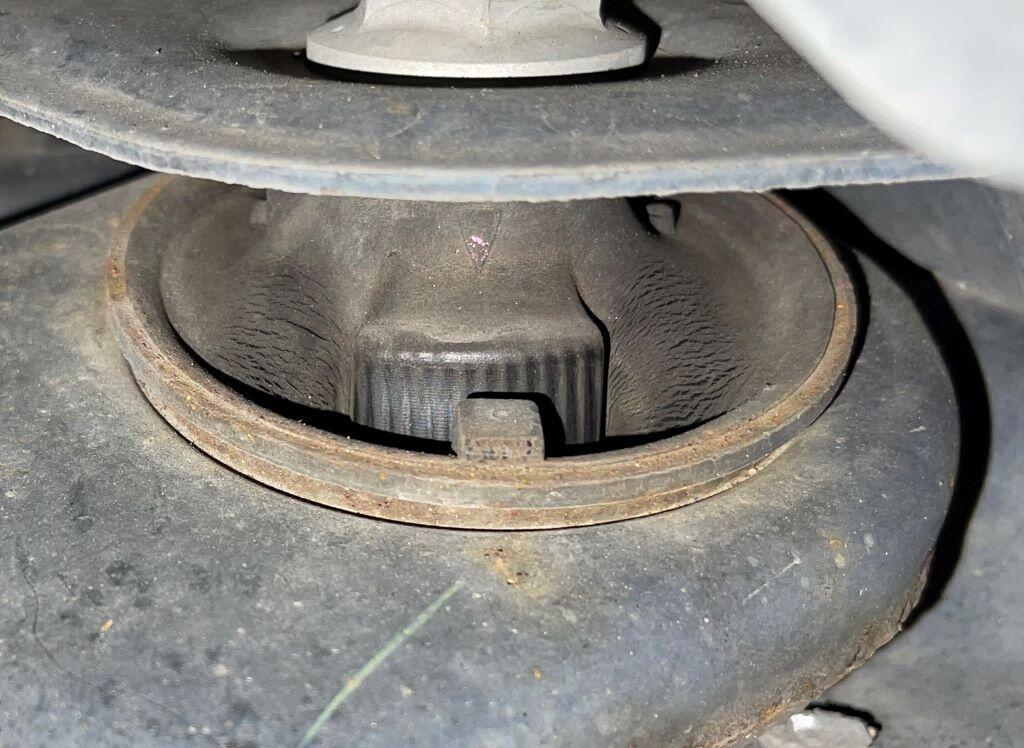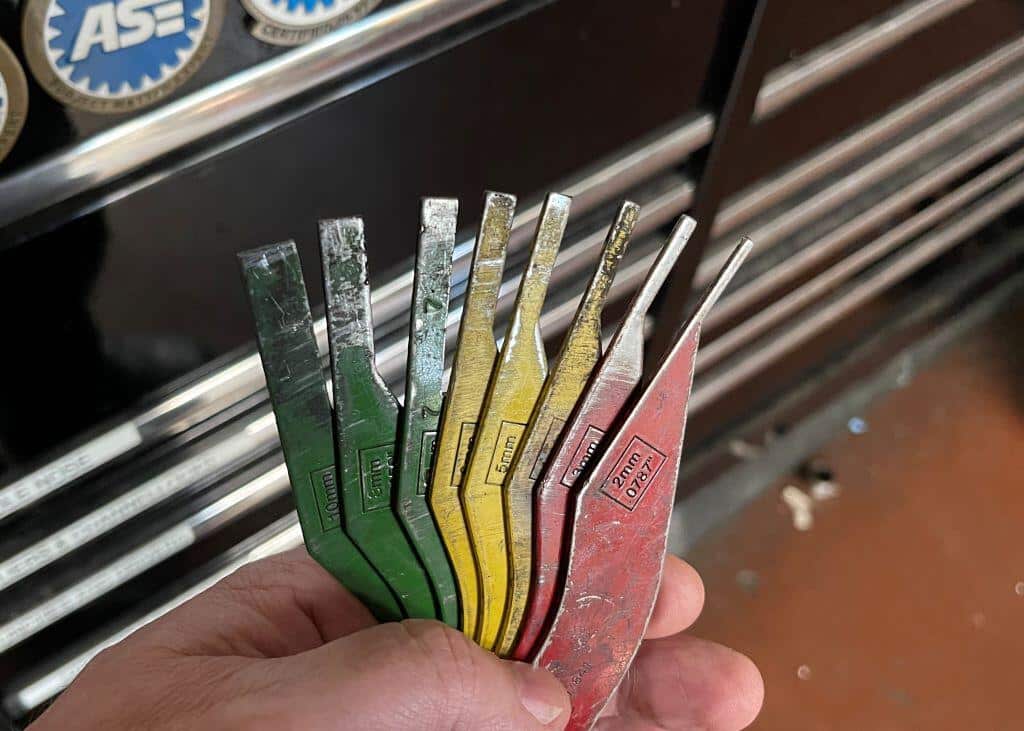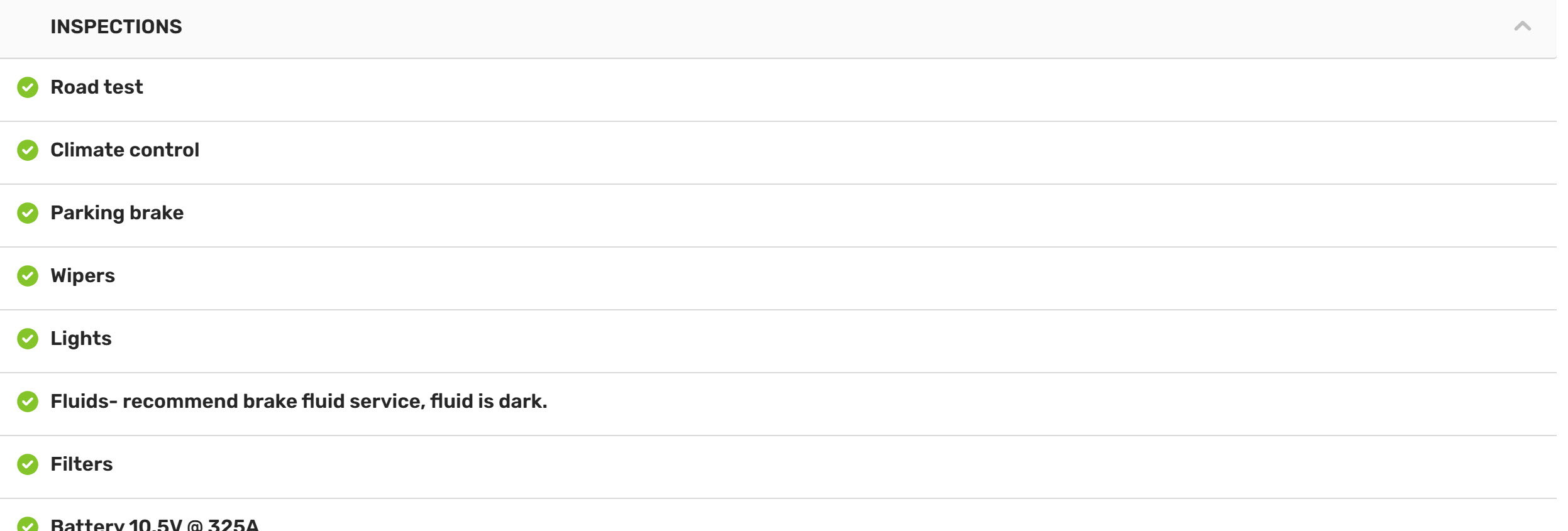Digital vehicle inspections are the new hot thing. Just about every dealer service department is using them and about half of the independent shops use DVIs as well. However, DVIs aren’t universally loved. My partner absolutely hates them and bristles every time I suggest we implement them.
Is he a Luddite? Well, maybe a little bit, but that’s it’s not really the technology that gets his goat; it’s the associations he’s made with the medium.
You see, our exposure to DVIs is mostly through customers showing us an inspection they got at another shop. During the height of the Takata air bag recall, we’d look at several DVIs per day. People would bring their car in for the recall and they’d get a free inspection (which is worth what you pay for it; read this if you’re wondering why you should pay for your inspections). Anyway, we’d call them “dealer wish lists” and they’d have a bunch of very profitable repairs listed that the customer reportedly needed. The thing is, most of the time the repairs are unnecessary.
It got so bad that we now always ask, “Why do you think you need that?” when someone calls to schedule repairs. If they say “the dealer found it while they were doing the airbag recall”, we only put a half hour on the schedule. We had to do this. After having 6 – 8 hours of scheduled work evaporate on the day of the appointment a few times per week, our scheduled work load was too turbulent to manage.
So what does all this have to do with DVIs? Well, the bullshit was always delivered in the same format — a digital inspection. When you see a consistent stream of bullshit presented in a constant stream of DVIs, you start to associate the two. Then, when you consider whether DVIs would be a good fit for your own shop, you think, “Why would I want to be associated with that!”
How bad could it be?
DVIs allow a mechanic to record speech and convert it to text, complete checklists, take pictures of problems, and even record videos. All of this data can then be shared with the customer via text or email. In the right hands, it’s a great way of communicating information. But what if the mechanic doesn’t posses a moral compass to go with the iPad he uses to fill out DVIs?
To the left is a video from a DVI that one of our customers sent to me. He has a five year old vehicle with only 30,000 miles. Here are some important things to know. There is no fluid in ball joints, and a single ball joint failure at 30K would be extremely rare. So rare that I’ve never seen it happen in my 29 years working as a mechanic. Two ball joints failing on the same vehicle at 30K with no recall issued? Well I don’t know the odds, but if it happens to you, I’d recommend against walking around during thunderstorms.
A fluid leak from a ball joint? Absolute complete bullshit. Outright attempted fraud. Yet somehow, it seems more credible with pictures and video.
By the way, I’m not sure if it’s legal to post this video. If the dealer sends me a cease and desist, I’ll go ahead and remove the video and put this statement in its place: “Video removed at [currently unnamed local dealership]’s request.
Less bad ≠ Good
That ball joint example is pretty extreme. Most of the time the flagged items will be something a little more defensible. The bushings pictured to the right has some tiny cracks, so I guess saying it’s “cracking” isn’t a lie. However, there’s nothing wrong with the bushing. The tiny cracks don’t affect its performance; a new bushing wouldn’t perform any better.
A mechanic could say, “Well the service manual says to check the bushings for cracks and this one has cracks”. It’s a defense, but not a great one. The service manual makes the assumption that the person inspecting the car has an understanding of mechanical things. The Bureau of Automotive Repair might view it as a teaching moment rather than a fining moment, and mechanic’s know the only way they’re getting a visit from the BAR is a customer complaint.

Another common “upsell” is brake work. People respond to safety concerns. Fear sells. The picture to the right is a brake wear gauge. You’re meant to hold it near the pad and find the size that’s closest to the thickness of the of the pad. The DVIs will frequently show these in a video or picture.
It seems simple:
Green = good,
Yellow = not so good
Red = bad.
Here’s the thing: the minimum pad thickness is 1 mm on most Japanese cars. This gauge only goes down to 2 mm, and turns yellow at 6 mm. It gives the visual impression that brake replacement is needed long before it actually is. It makes it seem like trying to sell brakes when the pads are 5 mm thick is a reasonable thing to do. It’s not. At 5 mm, the pads still have almost half their life.
For the record, our policy is that brakes are optional at 3 mm, and we’ll recommend you replace them at 2 mm or lower. Frequently the wear sensors start making noise at 2 mm, even though the pads aren’t below specification yet.

Final thoughts
No doubt someone will email and say that I’m damaging our industry as a whole. That mechanics already have a bad reputation and I’m just adding fuel to the fire and making more difficult for everyone, including those that are honest and competent.
I’ll reply in advance. I’m not damaging our reputation, people who scam their customers are damaging our reputation. Consumers often can’t tell what’s a scam and what’s real. Pointing out fraud will help people make better choices and hopefully will help weed out the bad actors in our industry.
And I’m not saying DVIs are bad. I actually think they’re great, even though we’re not using them here. They are just a tool like any other. They can be used for good or bad. If your shop uses DVIs, it doesn’t mean they’re weasels and I’m not trying to imply that.
I’m all for a format that allows customers to make informed choices. From our side of the counter we see eyes glaze over during technical explanations and have people stop us mid-sentence to say, “Just tell me what I should do.” DVIs might be a great way to make communication easier, and allow customer to make decisions based on their preferences, once they understand a bit more about their car’s issues.
